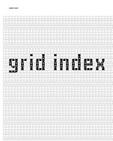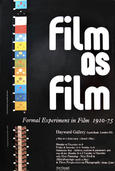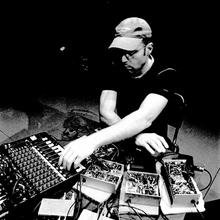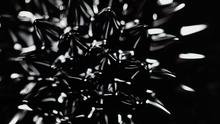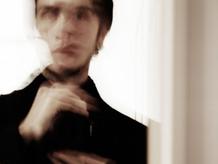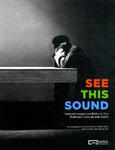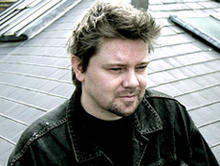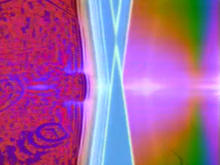chromatizer
(2009)by SYNCHRONATOR (Bas van Koolwijk and Gert-Jan Prins) for which the artists have developed their own electronics. The project is a continuation on medium specific experiments between image and sound from the early years of video art.
Since the early years of video art, works have been made which do not actually produce a standard TV signal waveform and therefore cannot be directly recorded. Some are based primarily upon magnetic distortion of the normal TV scan pattern, others utilise a Cathode Ray Tube as if it were an oscilloscope screen.
SYNCHRONATOR is a video and audio research project by Gert-Jan Prins and Bas van Koolwijk in an attempt to use a combination of current digital and analogue means in order to make more use of the characteristic visual qualities of such techniques.
During their work period within the framework of a residency at Impakt in April/ May 2006, a laboratory was arranged in the Impakt building, for Van Koolwijk and Prins to conduct their collaborative experiments. By sharing their technical knowledge they set out to tackle the difficulties concerning the recording of complicated, merged and distorted video and audio signals.
As part of the residence, a publicly accessible workshop was organised, in which the use of interfaces, videotronics, video/audio software and improvisation in electronic music in the context of AV improvisational performance were examined.
Beginning of June 2006 a first audio-visual SYNCHRONATOR performance was presented as an Impakt event, together with screenings and presentations of works by related artists.
A first video was released in august 2006 and is currently distributed by the Netherlands Media Art Institute.
A DVD with new works was released on the Cavity label in july 2009, followed by the release of the electronic SYNCHRONATOR device in november 2009.
Source: Synchronator's website
